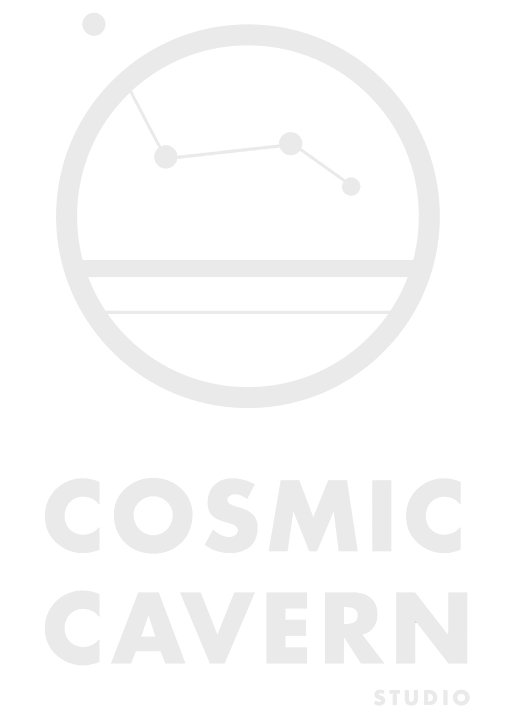Model / Animation / Treatment / Direction
Nashville Artist Lonas got in touch about working together to create a lyric video for his song "Quiver". After having worked on a lyric video for a Lonas song previously I was down for it. I couldn't have been more thrilled as the song was my favourite one he's put out to date. A beautiful delicate track that feels like walking through the hall of an empty house at half-speed inside of a fever dream..
At the time of first talking about ideas/approach I had finished a Cinema 4D intensive program where I did nothing but work on 3D assignments for 3 months during one of the many covid lockdowns. So I suggested we experiment with 3D and see where it could go. I knew that it would be a challenge for me in some areas with the program still being new to me but I welcomed the learning, growth that was guaranteed to come from going for it.
Quiver had been released as a single so the digital album art (photograph: David Norrbom, design: Meg Towle) paired with the song I thought made the most sense to base the visual concept around to imbed some unity between the two formats. I made a mood board of references that I felt could capture the feel that would work best in animating a mesh cloth and these were the 3 main images that resonated most to start to work on the mechanics of how I would start on some motion tests:
At this point I had not constructed substantial organic pieces outside of my C4D course which consisted of geometric shape sourced builds with effects and treatment techniques. I found myself building on those newly acquired creative pathways by making seamless 3-10 second loops as personal explorations of new textures and materials. This was my first time working on a long form 3D build/animated piece.
My biggest fears were:
1.) Not actually having a wide enough grip navigating my way through Cinema 4D to be able to figure out how to create organic builds/work/animations after completing a course that covered working with shape based geometry
2.) Not being able to fully articulate between my mind and what I turn out from concept to execution
3.) That my computer would straight up not be able to handle the bulk of rendering out 5700+ frames in full resolution.
These were the first frame test images made playing with a mesh and cloth tool in Cinema. I tried to think as if it was a piece of paper that had been crumpled up a number of times and unravelled leaving imperfections behind to work with...
It was a lot more difficult than I realized to create a cloth with tuned in behaviours that would react to components such as gravity, wind, elasticity, density, turbulence, ect - and each of those elements with the ability to be manipulated, projected, filtered or randomized based on their x, y and z axises of either the environment or the central object being affected. Then add the ability to key frame the strengths of those all alone or triggered by each other to fluctuate in and out of existing... So many possibilities and factors that add up to the final look/animation.
Once I was able to find a balance of wind, gravity, ect between the cloth mesh and environment that felt suspended-in-time to the energy of the song I used a plug-in called X-Particles (displayed in test clip as the green area) that X-Particles layer was triggered above the surface of the cloth grid/structure. This was intended to mimic glitter particles that could shed from the cloth and dissolve at a slower rate than the newer ones being generated.. Imagining that glitter replaced the bubbles in a carbonated drink but instead they were released in slow motion.
1-minute mesh/screen test showing the grid structure of the cloth pinned and suspended using an attractor before finessing the final gravity/forces and attractor settings and mapping out the camera track:
2-minute isolated cloth dynamic test - the horizontal lines behind the cloth account for the cyclorama and the dotted visible lines represent the live camera track movements that I mapped through the course of the video. If the lines were like a rollercoaster in fixed space, that would be the equivalent of what is happening in frame as a single shot camera path:
I after I made some minor cloth spec adjustments I moved on to the lighting and treatment of the environment. While getting to know the difference between Octane and RedShift as render engines I decided to go with Octane to achieve the feel I was going for by using synthetic sunlight and adjusting the visual temperature. I started by playing with "golden hour" type sun temperatures applied to an extended cyclorama I placed in the background to give the illusion that no matter where the "camera" moved through the video there were no clearly defined walls to the space that was being illustrated.
One of the many/extensive in program drop down setting details at a glance.. On the left is a piece of the first layer of Octane scatter used on the cloth surface with a randomizer applied over it and a quick look at the Octane daylight settings used:
Quiver Video Final Product:
